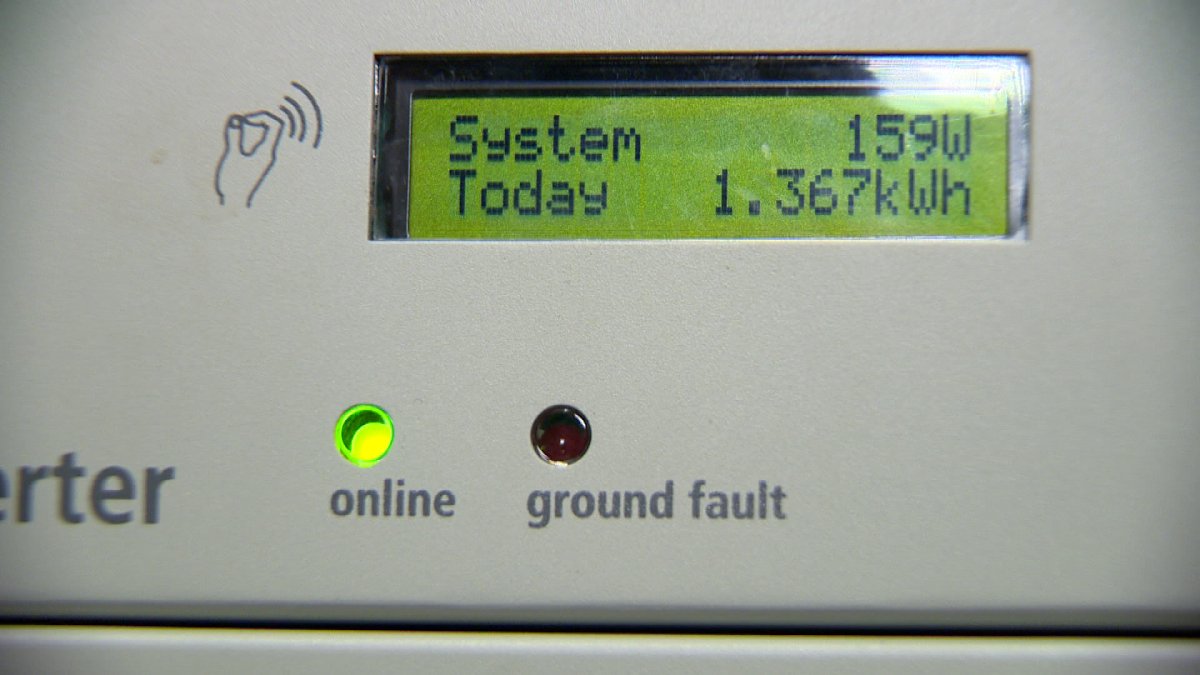The Notley Government announced Tuesday Alberta households are eligible to register to have energy-efficient products installed in their homes free of charge beginning in April.

The products include LED lights to replace existing incandescent light bulbs, high-efficiency shower heads and faucet aerators, advanced power bars and Smart (self-adjusting) thermostats.
READ MORE: Alberta releases info on how consumers can get free energy efficient products
Stephen Farrell with Verda Tech Energy Management in Calgary says the savings from these products is not going to help owners very much.
“You’re looking at around six to seven dollars a month, maybe 60 to 70 dollars a year. There’s no carbon tax on electricity so you’re going to see a very small – we’re talking single percentage points – difference on your electric bill.”
Farrell says Alberta is a small component of the total energy consumption in a home. He says we need to focus on stopping the amount of energy leaving our homes and the amount we are putting in.
According to Environment Minister Shannon Phillips, Albertans can register for the program online and a company will come into their homes to install the energy-efficient products.
She said the program will create 70 new jobs and cost $21.5 million. The program will be paid for by the revenue from the new carbon tax.
READ MORE: Provincial carbon tax having major impact on majority of Alberta residents: poll
“This (energy saving program) will cut .5 to .75 tonnes of greenhouse gas,” Farrell said.
He would like to see the Notley government focus on programs that will have a greater impact on energy usage, which would translate to more significant savings to consumers.
“If we look at a conventional house and we do something with the insulation, the furnaces, the windows – that sort of thing, the conventional – we’re looking at two-and-a-half to three-and-a-half tonnes, maybe four tonnes per household in greenhouse gas reduction.”
- Posters promoting ‘Steal From Loblaws Day’ are circulating. How did we get here?
- 3 women diagnosed with HIV after ‘vampire facials’ at unlicensed U.S. spa
- Canadian food banks are on the brink: ‘This is not a sustainable situation’
- Solar eclipse eye damage: More than 160 cases reported in Ontario, Quebec




Comments